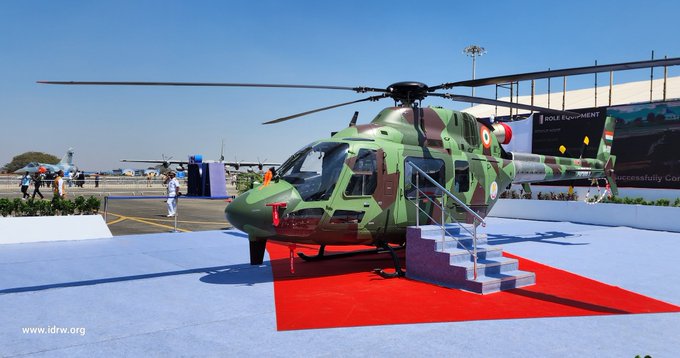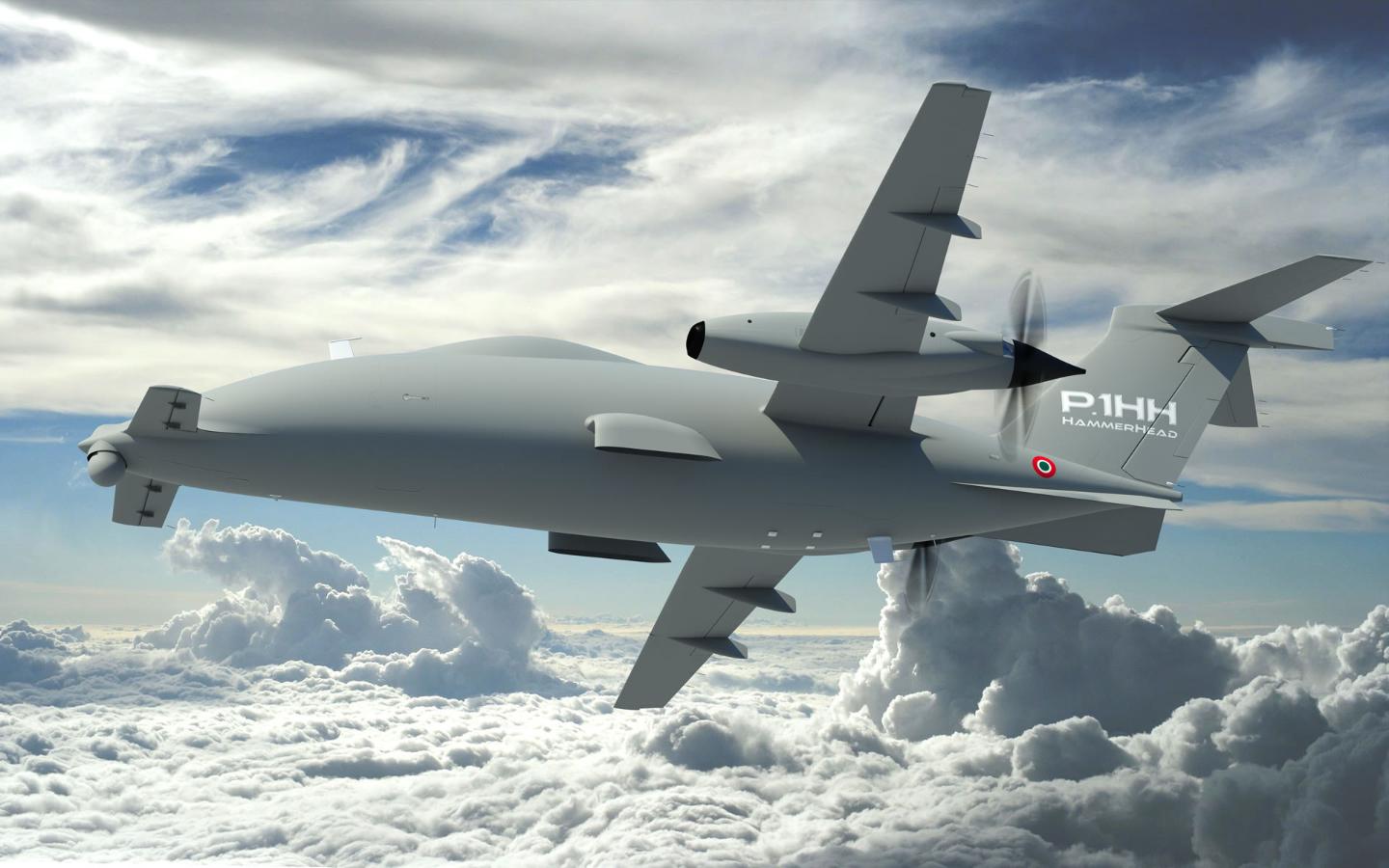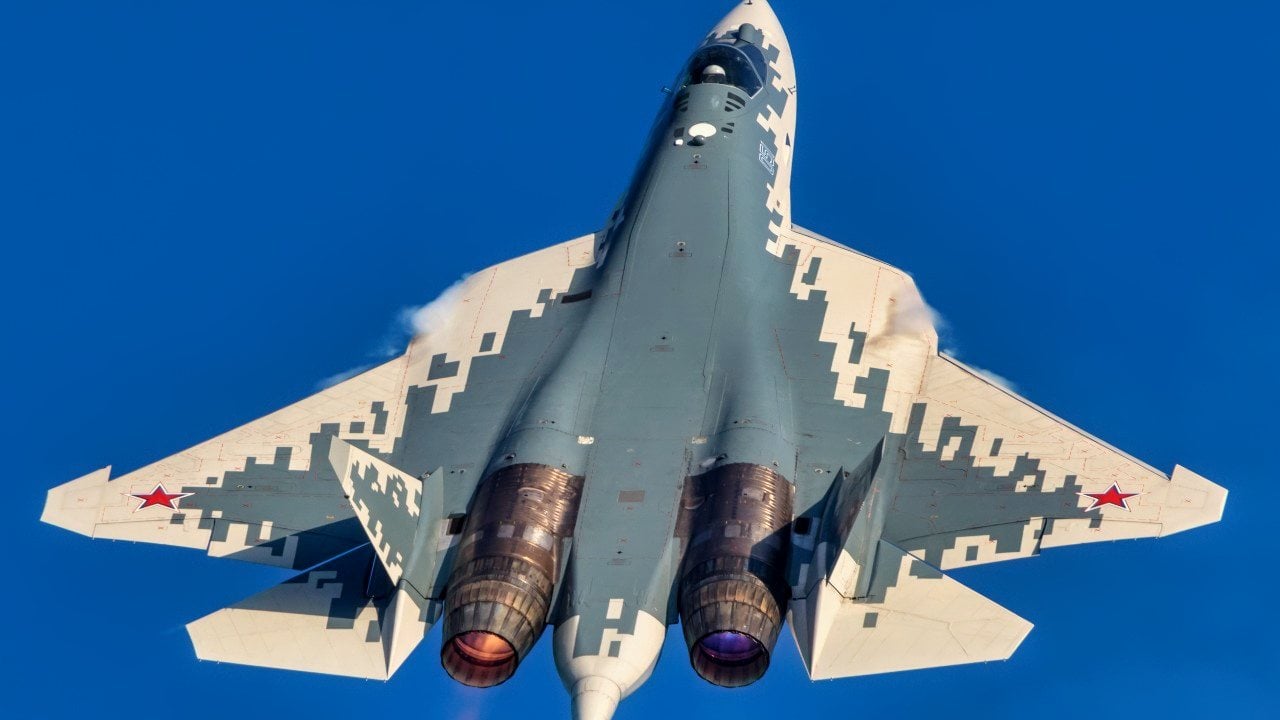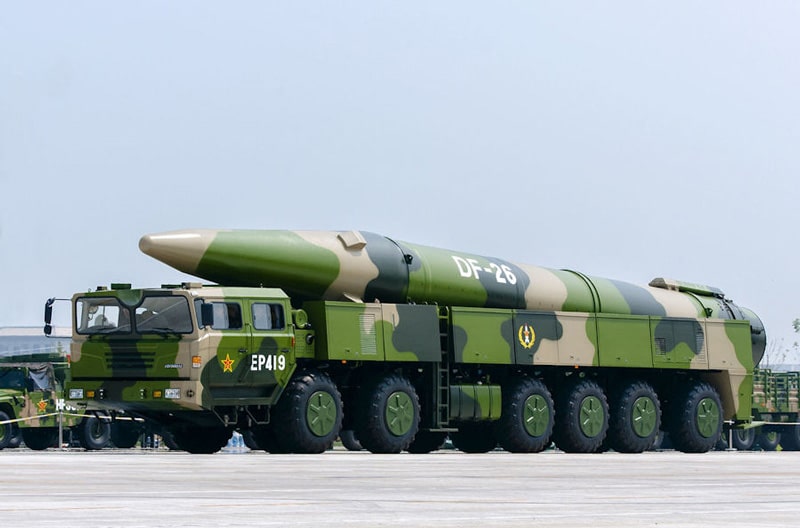Monthly Archives: December 2024
SOURCE: AFI

In a move that signifies the growing international demand for its cutting-edge missile technology, BrahMos Aerospace, the joint venture between India and Russia, is on the brink of securing another export deal. According to reports by Russian media, the company is finalizing agreements that could expand its global footprint.
The potential new agreement, as per Russian media outlets, underscores the increasing interest from countries looking to bolster their defense capabilities with state-of-the-art weaponry. Although the details of the deal, including the name of the prospective buyer, remain under wraps, the anticipation around this development is palpable within defense circles.
Continue readingSOURCE: AFI

Recent global conflicts have significantly increased the demand for naval assets, spotlighting India as a potential powerhouse in submarine and warship construction, according to Thyssenkrupp Marine Systems (TKMS), Germany’s leading maritime defense company. TKMS, currently in the race for a lucrative Indian Navy contract to build six diesel-electric submarines, sees this as an opportunity not only to expand its footprint in India but also to establish a collaborative center for naval manufacturing.
TKMS has partnered with India’s state-run Mazagaon Dockyards Limited (MDL) for this venture, aiming to leverage India’s competitive cost structure. Oliver Burkhard, CEO of TKMS, highlighted that manufacturing in India could reduce costs by up to 50% compared to other international locales. This economic advantage could position India as an attractive hub for not just domestic orders but also for global exports, particularly to regions like Southeast Asia and South America.
Continue readingSOURCE: AFI

In a significant boost to India’s air defense capabilities, the Ministry of Defence has inked a contract worth INR 13,500 crore with Hindustan Aeronautics Limited (HAL) for the procurement of 12 Su-30 MKI fighter jets. This deal marks a continuation of India’s strategic partnership with Russia, focusing on enhancing the strength of the Indian Air Force (IAF).
The manufacturing of these aircraft will take place at HAL’s Nashik division, which has not seen the production of the Su-30 MKI since completing the last batch of 12 aircraft in the fiscal year 2019-20. This new agreement, coming after a four-year hiatus, signifies a revival of the production line, with manufacturing expected to commence early next year.
Continue readingSOURCE: AFI

The India Pavilion at the Vietnam International Defence Expo 2024 was officially inaugurated on December 19th, marking a significant moment for Indo-Vietnamese defense cooperation. The event saw the presence of high-profile dignitaries including Vietnam’s Minister of Public Security, General Luong Tam Quang, alongside India’s Secretary for Defence Production, Mr. Sanjeev Kumar, and the Indian Ambassador to Vietnam, Mr. Sandeep Arya.
The inauguration of the India Pavilion is a testament to the growing strategic partnership between India and Vietnam, focusing on defense and security. This collaboration was visibly emphasized through the participation of key Indian defense companies at the expo, which runs from December 19 to December 22.
Continue readingSOURCE: IDRW.ORG.

In a significant stride towards enhancing India’s defense capabilities, the Director General (DG) of BrahMos, Dr. Jaiteerth Joshi, has announced that the design phase for the next-generation BrahMos NG (Next Generation) missile has been successfully completed. This declaration was made to Russian media, highlighting the ongoing Indo-Russian collaboration in missile technology.
The BrahMos NG missile is a lighter and more compact version of the existing BrahMos supersonic cruise missile, known for its speed and precision. According to Dr. Joshi, the development phase has now commenced, aiming to integrate this advanced missile system into a broader spectrum of military platforms, both aerial and naval.
Continue readingSOURCE: IDRW.ORG.

The Indian Air Force (IAF) and the Indian Army (IA) have taken significant steps towards bolstering their light helicopter fleet through the procurement of the Light Utility Helicopter (LUH Mk-I). In a recent update to the Standing Committee on Defence (SCOD), details regarding the progress of this project were shared, reflecting a joint effort to enhance operational capabilities in high-altitude and utility roles.
The Indian Army is currently processing a case for the joint procurement of 12 LUH Mk-I helicopters, with an allocation of 6 helicopters each for the IAF and the IA.
Continue readingSOURCE: AFI

The Indian armed forces are intensifying their efforts to cultivate a domestic supply of long-range unmanned aerial vehicles (UAVs), particularly focusing on Medium Altitude Long Endurance (MALE) drones. This initiative comes as part of a broader strategy to reduce reliance on foreign imports, specifically from Israel, where India has historically sourced a significant portion of its UAV technology.
After successfully incorporating locally developed loitering munitions into its arsenal, the Indian military is now looking to expand its capabilities with MALE drones. These drones are essential for extended surveillance and combat operations, offering the ability to fly at medium altitudes for prolonged periods, ideal for monitoring border areas and conducting strategic operations.
Continue readingSOURCE: AFI

In a twist that has both defense analysts and netizens chuckling, the GE F-404 engine, crucial for India’s indigenous Light Combat Aircraft (LCA) Tejas Mk1A, has been spotted listed on IndiaMart, India’s largest online marketplace for business products. This bizarre scenario has unfolded amidst ongoing delays in the supply of these engines from General Electric (GE) to Hindustan Aeronautics Limited (HAL), India’s primary aerospace manufacturer.
The GE F-404 engine, known for its reliability and performance in powering light combat aircraft, was found listed on IndiaMart, a platform more commonly associated with commercial goods than high-end military hardware. This listing has sparked a wave of humor across social media, with many pointing out the irony that while HAL struggles with delivery delays, the same engine appears readily available online, albeit in a context far removed from its intended use.
Continue readingSOURCE: AFI

In a move that signifies deepening defense ties, Estonia’s Defence Minister Hanno Pevkur has announced that several major Indian companies are eager to invest in Estonia, particularly for the production of ammunition. This development coincides with India’s push to position itself as a significant player in global defense manufacturing.
During a recent statement, Pevkur expressed optimism about the potential cooperation, saying, “It’s not only ammunition. It’s also the Armed Vehicles production, Howitzer production. So, the cooperation is very intense. So, I really do hope that I can find the time also to come to India.” While specific company names were not disclosed, Pevkur hinted at the involvement of known players in India’s defense sector, especially those already engaged in producing 155-millimeter ammunition.
Continue readingSOURCE: AFI

In a demonstration of growing military cooperation between India and Kazakhstan, 15 Kazakh paratroopers are currently undergoing intensive training in the dense jungles of Mizoram, India. This unique training initiative is being conducted at the renowned Counter Insurgency and Jungle Warfare (CIJW) School, known worldwide for its expertise in jungle combat operations.
The course at CIJW School is designed to equip soldiers with the skills necessary to operate effectively in jungle environments, which are known for their challenging terrain and dense vegetation. The training includes modules on navigation, survival, counterinsurgency tactics, and combat in confined spaces typical of jungle warfare.
Continue readingSOURCE: RAUNAK KUNDE / NEWS BEAT / IDRW.ORG

On the sidelines of Russian President Vladimir Putin’s anticipated visit to India in early 2025, Russia plans to propose a Government-to-Government (G2G) deal to sell its fifth-generation Su-57E fighter jets to India. This move is seen as part of Russia’s renewed efforts to strengthen defence ties with India after the latter exited the Fifth-Generation Fighter Aircraft (FGFA) program, which aimed to develop a twin-seat variant of the Su-57 tailored for the Indian Air Force (IAF).
Russia’s state officials, in conversations with idrw.org, have indicated that Moscow is ready to offer 60-70 Su-57E jets to India. The proposal aims to address the IAF’s combat squadron depletion, offering a swift boost to India’s air power. The Su-57E is an export variant of the Su-57, a fifth-generation multi-role fighter designed for air superiority and strike missions with stealth, super maneuverability, and advanced avionics.
Continue readingSOURCE: RAUNAK KUNDE / NEWS BEAT / IDRW.ORG

The Twin Engine Deck-Based Fighter (TEDBF) program, which is set to become a cornerstone of India’s naval airpower, is on track for a Critical Design Review (CDR) by mid-2025. This milestone will be key to ensuring the viability of the program and will precede the Cabinet Committee on Security (CCS) clearance for the required funding.
Despite being classified as a 5 Minus Generation fighter, the TEDBF will be a highly advanced platform, drawing on technological advancements from India’s AMCA (Advanced Medium Combat Aircraft) program, but tailored to meet the unique demands of naval operations.
Continue readingSOURCE: RAUNAK KUNDE / NEWS BEAT / IDRW.ORG

Solar Industries, a leading manufacturer of defence ammunition, has successfully supplied 480 units of its Nagastra-I Loitering Ammunition to the Indian Army. This supply follows the successful completion of rigorous trials, and the ammunition has now been accepted for use in operational environments. As part of ongoing evaluations, the Indian Army is assessing the system’s performance in real-world conditions, and the company is preparing for large-scale orders in the future.
The Nagastra-I Loitering Ammunition is a significant achievement for India’s defence industry, with over 75% of its components being indigenously sourced and developed. This advanced loitering munition is designed to offer precise strike capabilities for the Indian Army, making it an essential tool for modern warfare. The system is light, man-portable, and can be deployed by troops to target high-value or stationary enemy assets with pinpoint accuracy.
Continue readingSOURCE: AFI

A disagreement has emerged between the Indian Air Force (IAF) and Hindustan Aeronautics Limited (HAL) regarding the future of the aging Hawker Siddeley HS 748 Avro turboprop transport aircraft. Originally designed by British manufacturer Avro and later license-produced by HAL, the IAF seeks to retire the fleet, while HAL insists on modernizing and extending their operational life by two decades.
The IAF has already selected the Airbus C295 as a replacement for the Avro and has categorically rejected HAL’s proposed upgrade plans. The IAF’s primary rationale for phasing out the Avro is its technological obsolescence. However, HAL argues that the airframes, particularly the last 20 Series 2M aircraft built with a large freight door, have barely utilized 30% of their intended lifespan. HAL emphasizes that the Avro was designed for the demanding airline industry, granting it significant remaining airframe life.
Continue readingSOURCE: AFI

The People’s Liberation Army (PLA) Rocket Force, a critical component of China’s strategic deterrence, has reportedly amassed an extensive arsenal of ballistic and cruise missiles. With over 1,300 Medium-Range Ballistic Missiles (MRBMs), 500 Intercontinental Ballistic Missiles (ICBMs), 250 Intermediate-Range Ballistic Missiles (IRBMs), and a formidable stockpile of Short-Range Ballistic Missiles (SRBMs) and Ground-Launched Cruise Missiles (GLCMs), the scale and diversity of this arsenal have significant strategic implications for India.
The PLA Rocket Force’s MRBM arsenal poses a direct threat to India’s critical military and industrial infrastructure. These missiles, with ranges between 1,000–3,000 km, are capable of targeting Indian cities, command centers, and military installations with high precision.
Continue reading